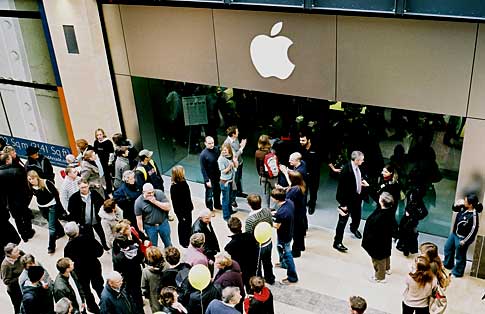Nice whimsical piece by Tom Slee, don’t you know.
I shouldn’t complain. It’s nice that they visit at all – much better than rattling around here by myself – so I should be very grateful to Mr. Google for bringing these people to visit, but it does leave me wondering why he always sends them to look at this same corner of the house. I have a few other items lying around that I think are just as pretty but Mr. Google takes the visitors right by them without so much as a glance.
So when he brought me the sherry decanter the other day I challenged him on it. I thought it was an innocent enough question to ask of one’s butler. Little did I realize the terrifying journey I was embarking on with that one question. He explained that when you ask him a question he “understands exactly what you mean and gives you back exactly what you want.” That sounded a little presumptuous so I asked him how he could be so confident in his understanding and he replied, rather stiffly if you ask me, “If I did not give you exactly what you wanted then you wouldn’t have asked me in the first place would you?” There was something about the slow, pronounced way he articulated this that made me feel like Wooster to his Jeeves so I didn’t pursue the topic, fearing he would get upset. I wouldn’t want him to leave; it’s so hard to find good help nowadays.
As I sipped my sherry I realized that I don’t really understand the man. For a butler and travel agent he seems remarkably well-to-do, and yet when I ask why he works so hard (I happen to know he is butler at several other houses in the county as well as mine) he insists he is only interested in helping people and points to his family motto, which he keeps on a little card that he brandishes frequently. “Don’t be evil”, it says…




